Surrounded by mountains, ponderosa pine forests, and ancient volcanic fields, Flagstaff serves as the perfect base camp for exploring Northern Arizona’s diverse landscapes. This mountain town at 7,000 feet elevation offers respite from desert heat while providing access to some of the Southwest’s most spectacular natural and cultural attractions. The combination of excellent highways radiating from Flagstaff and relatively short distances between landmarks makes day trips especially rewarding in this region.
Here is a list of 13 unforgettable day trips that showcase the remarkable diversity within a few hours’ drive of Flagstaff.
Grand Canyon South Rim
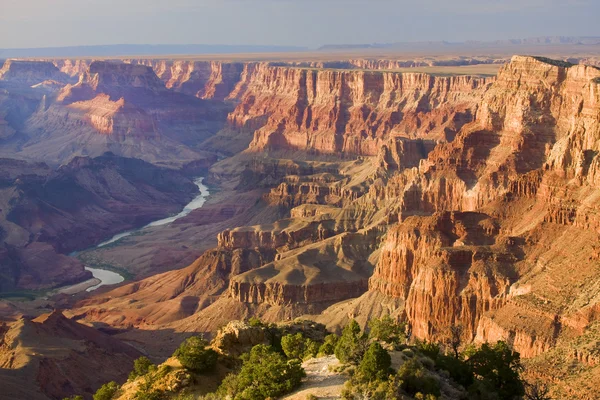
Just 80 miles northwest of Flagstaff, the most visited section of this natural wonder delivers truly incomparable views. The South Rim’s well-developed visitor facilities include the historic El Tovar Hotel and Hopi House, designed by pioneering female architect Mary Colter.
The relatively new Visitor Center provides excellent orientation before exploring the Rim Trail, which offers numerous viewpoints with minimal elevation change. Even a few hours at the canyon can create lasting memories, though visitors should arrive early to secure parking during peak season.
Sedona
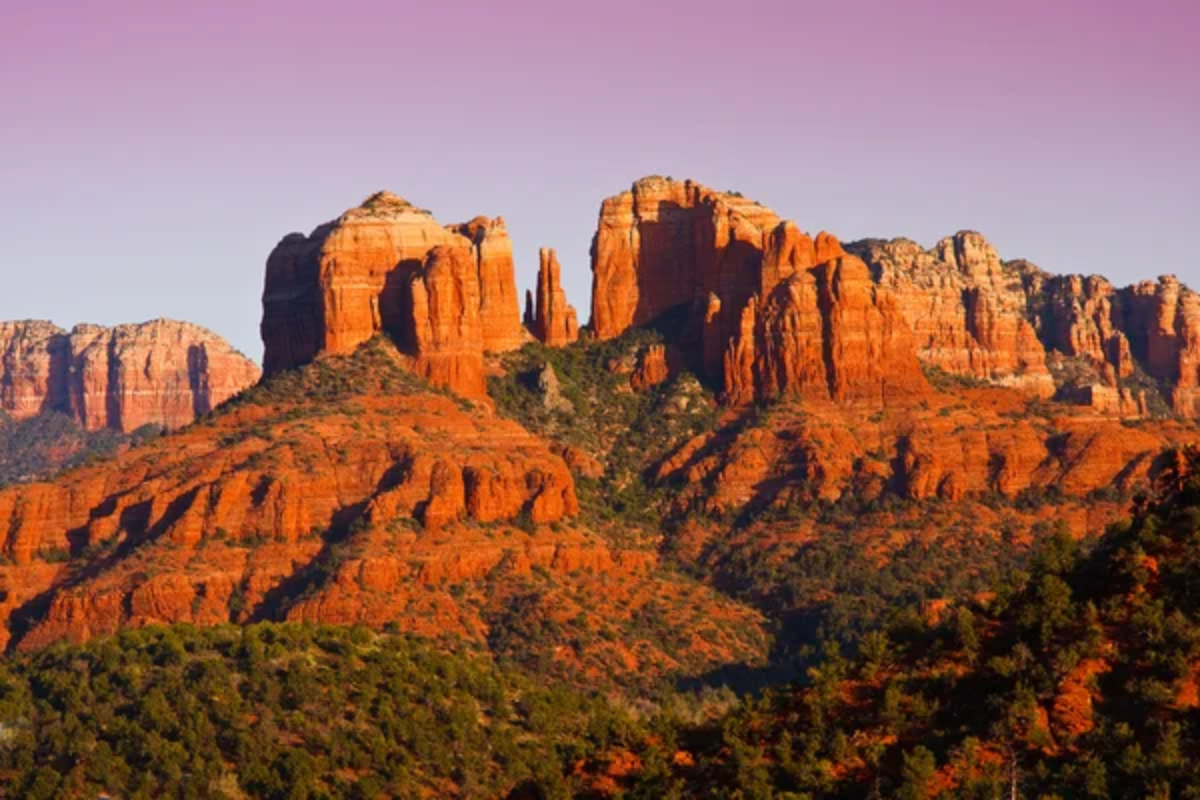
The drive from Flagstaff to Sedona along Highway 89A ranks among America’s most scenic routes, descending nearly 3,000 feet through Oak Creek Canyon’s dramatic red rock formations. Sedona itself combines natural beauty with a thriving arts scene centered around galleries in Tlaquepaque Arts Village.
The town serves as a trailhead for countless hiking paths leading to iconic formations like Cathedral Rock and Bell Rock. The Chapel of the Holy Cross, built directly into the red sandstone, provides a spiritual counterpoint to the outdoor adventures available throughout the area.
Like Travel Pug’s content? Follow us on MSN.
Wupatki National Monument

These remarkably preserved ancestral Puebloan ruins sit amid a striking red-rock landscape just 35 miles northeast of Flagstaff. The multi-story main pueblo once housed hundreds of residents who farmed this now-arid region during a wetter period about 900 years ago.
The site includes a natural blowhole—a crevice in the earth’s surface where air continuously moves in or out based on atmospheric pressure changes. The adjacent visitor center displays artifacts and explains how these ancient people created a thriving community in this challenging environment.
Walnut Canyon National Monument
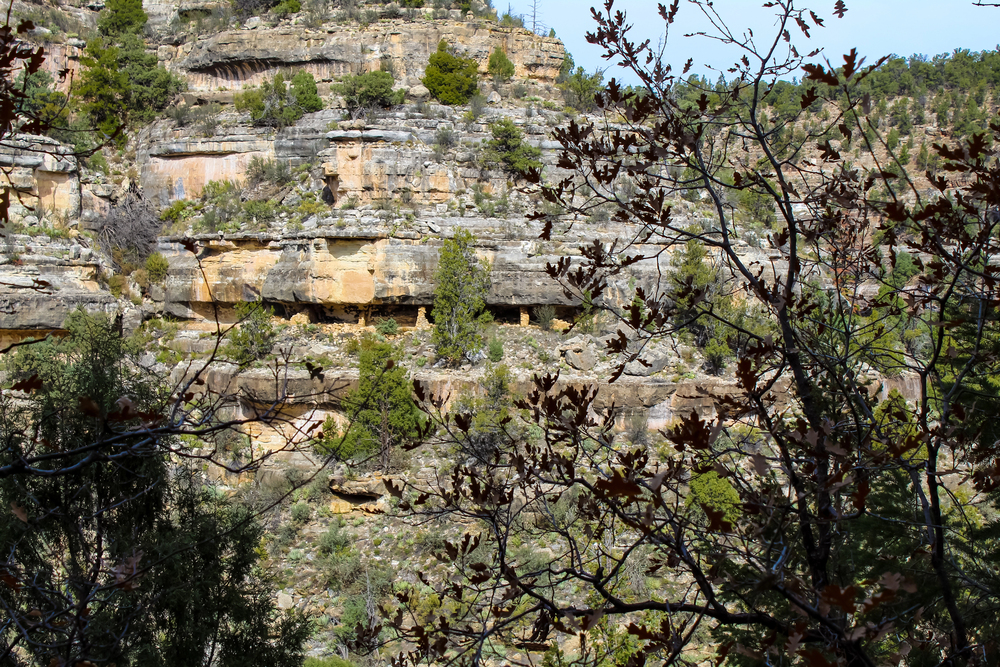
Just 10 miles east of Flagstaff, this deep limestone canyon contains cliff dwellings built into natural alcoves by the Sinagua people around 1100 CE. The Island Trail descends 185 feet into the canyon, passing 25 cliff dwelling rooms where visitors can step inside these ancient homes.
The one-mile loop offers a close examination of how these resourceful people adapted to their environment, situating summer homes to catch the breeze while winter residences maximized sun exposure. The steep return climb provides a physical connection to the daily challenges faced by the canyon’s original inhabitants.
Sunset Crater Volcano National Monument
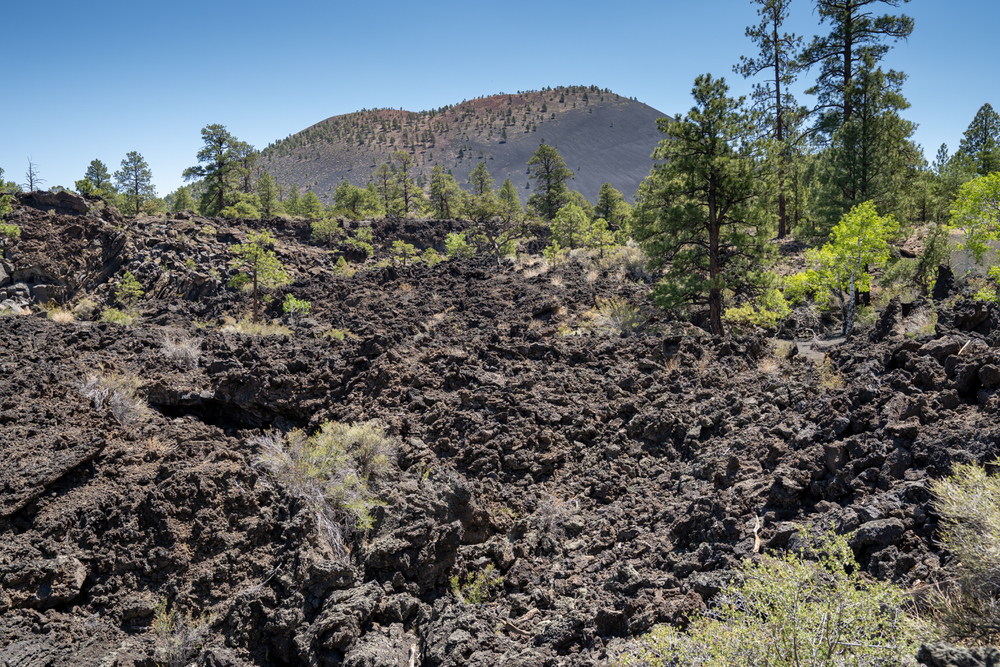
This cinder cone volcano erupted less than 1,000 years ago—practically yesterday in geologic time—creating the youngest volcano in the Colorado Plateau. The one-mile Lava Flow Trail winds through jagged basalt formations and reveals how life gradually returns after such cataclysmic events.
Though climbing the crater itself is prohibited to prevent erosion, the nearby Lenox Crater Trail provides excellent views of the main attraction. The visitor center explains how this eruption dramatically affected the ancestral Puebloan communities who witnessed the event.
Like Travel Pug’s content? Follow us on MSN.
Jerome
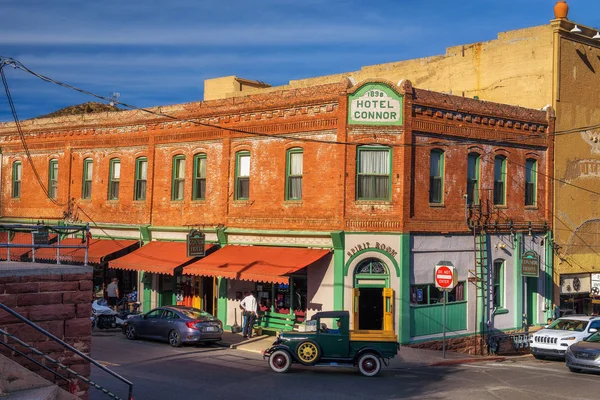
Perched precariously on Cleopatra Hill, this former copper mining boomtown transformed from near-ghost town status to a thriving artist community. The winding drive from Flagstaff passes through Sedona before climbing to this historic community, where buildings seem to cling to the steep hillside.
The Jerome State Historic Park, housed in the mansion of mining magnate James Douglas, explains the town’s rise and decline. Today, converted company stores and hotels house galleries, restaurants, and wine-tasting rooms where visitors can sample Arizona’s emerging viticulture while enjoying panoramic Verde Valley views.
Antelope Canyon
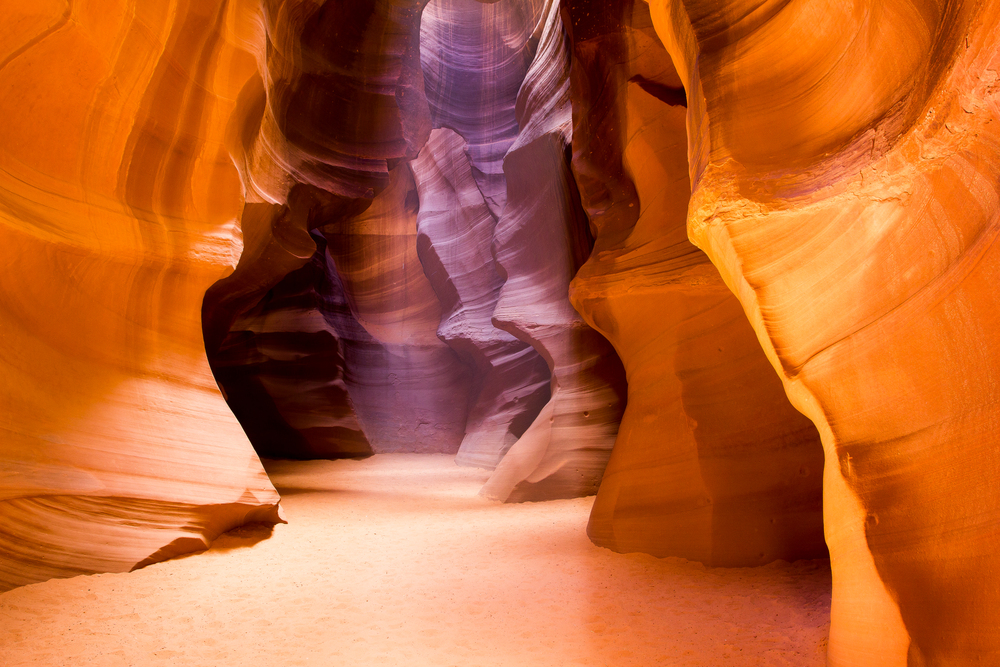
Though requiring planning and guided tours, this slot canyon on Navajo Nation land offers perhaps the most photographed interior rock formations in the Southwest. The drive from Flagstaff to Page takes about two hours before joining Navajo-led tours into either Upper or Lower Antelope Canyon.
The smooth, flowing shapes carved by flash floods create an otherworldly environment where light beams penetrate the narrow openings in constantly changing patterns. Photographers should book specialized photo tours that allow for tripod use and longer viewing times.
Meteor Crater

This massive impact crater, formed approximately 50,000 years ago when a nickel-iron meteorite crashed into the desert, stretches nearly a mile across and 550 feet deep. Located just 40 miles east of Flagstaff, the privately owned attraction includes an interactive museum explaining impact geology and the crater’s role in training Apollo astronauts.
The observation decks along the crater rim provide perspective on the explosive force that created this perfect example of an impact site. The remote location creates excellent stargazing opportunities during evening programming.
Like Travel Pug’s content? Follow us on MSN.
Petrified Forest National Park

About 90 minutes east of Flagstaff, this underappreciated national park combines the colorful badlands of the Painted Desert with one of the world’s largest concentrations of petrified wood. The 28-mile park road connects numerous overlooks and short trails showcasing 225-million-year-old fossilized trees transformed into rainbow-hued quartz.
The historic Painted Desert Inn provides respite from the often harsh conditions while displaying impressive Civilian Conservation Corps construction and Native American art. The park’s remote location means fewer crowds than many Arizona attractions.
Oak Creek Canyon Swimming Holes

During summer months, the cold, clear waters of Oak Creek provide welcome relief from the heat. Just south of Flagstaff, several designated swimming areas like Grasshopper Point and Slide Rock State Park offer different experiences along the creek.
Slide Rock features a natural water slide formed by the smooth creek bed, while Grasshopper Point provides deeper pools for traditional swimming. The drive along Highway 89A offers frequent pullouts for admiring the towering canyon walls that provide welcome shade in the afternoon.
Lowell Observatory
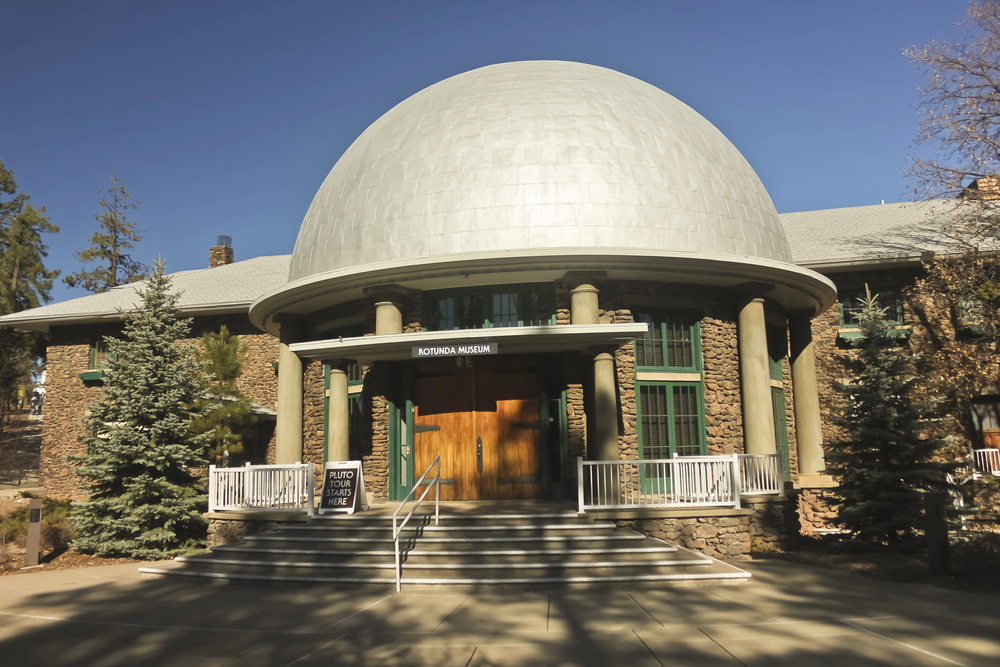
While technically within Flagstaff city limits, this historic observatory merits inclusion for its significant contribution to astronomical discovery. Founded in 1894, the facility houses the telescope used to discover Pluto in 1930.
Evening programs include celestial viewing through various telescopes, taking advantage of Flagstaff’s designation as the world’s first International Dark Sky City. Daytime visits include tours of the historic Clark Telescope and exhibits explaining the observatory’s role in mapping the moon for Apollo missions.
Like Travel Pug’s content? Follow us on MSN.
Williams and the Grand Canyon Railway

This perfectly preserved slice of Route 66 nostalgia sits just 30 miles west of Flagstaff. The town center features restored neon signs, classic diners, and souvenir shops selling road trip memorabilia. The main attraction remains the Grand Canyon Railway, which has transported visitors to the South Rim since 1901.
Even without taking the full-day train journey, visitors can explore the beautifully restored depot and enjoy Wild West showdowns performed before departures. The surrounding Kaibab National Forest offers excellent hiking opportunities away from Grand Canyon crowds.
Navajo National Monument
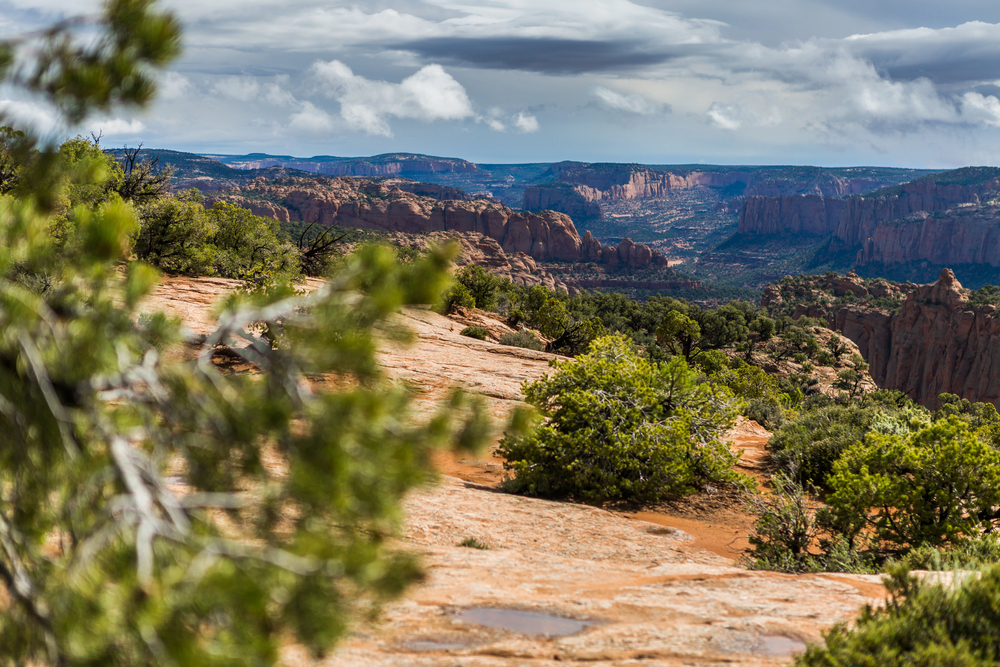
Located about two hours northeast of Flagstaff, this often-overlooked site protects three remarkably preserved cliff dwellings built by ancestral Puebloan people. While the most spectacular dwelling, Keet Seel, requires reservations and a strenuous hike, the overlook trail to view the Betatakin dwelling remains accessible to most visitors.
The visitor center effectively contextualizes these 13th-century structures within Navajo culture and history. The remote location at the end of a 9-mile access road ensures a more contemplative experience than more heavily visited archaeological sites.
Northern Arizona’s Natural Classroom
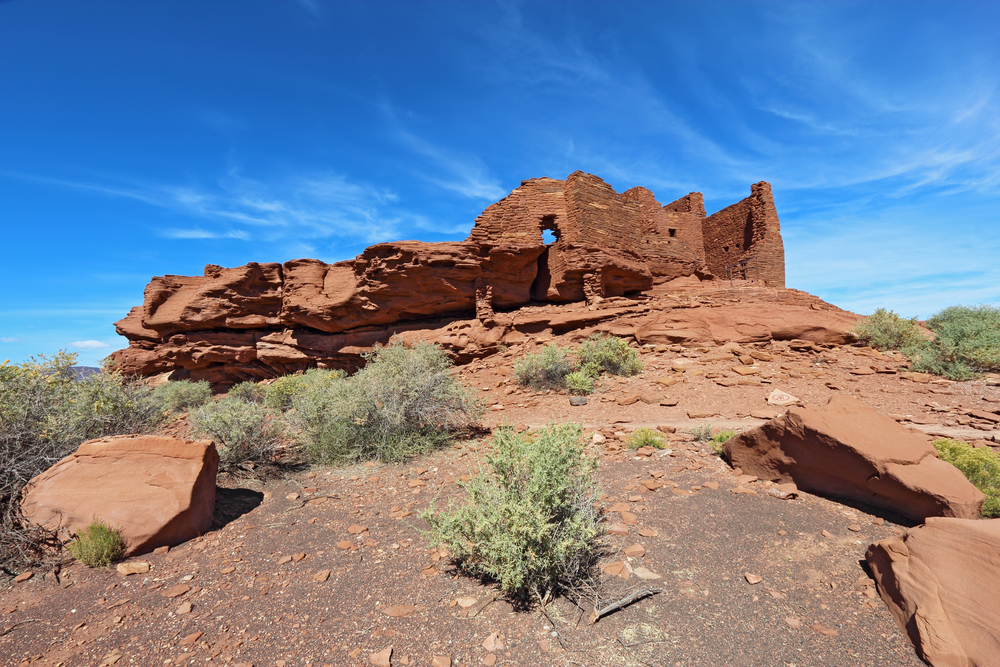
These day trips from Flagstaff showcase the region’s remarkable geological, biological, and cultural diversity—from ancient volcanic landscapes to living Native American traditions. The relatively short distances between dramatically different environments create a natural classroom where visitors can experience how elevation, water availability, and human history interact across the Colorado Plateau.
Whether seeking outdoor adventure or cultural insights, these destinations reward travelers willing to venture beyond Flagstaff’s city limits.
Like Travel Pug’s content? Follow us on MSN.
More from Travel Pug

- Cities Growing so Fast You Won’t Recognize Them in 10 Years
- 13 Destinations Where Tourists Regularly Regret Their Trip
- 16 U.S. Cities That Are Quietly Becoming Travel Hotspots
- Where to Travel If You Love Long Bus Rides and Daydreams
- 20 Cities Perfect for Solo Travelers Who Crave Adventure & Culture
Like Travel Pug’s content? Follow us on MSN.
